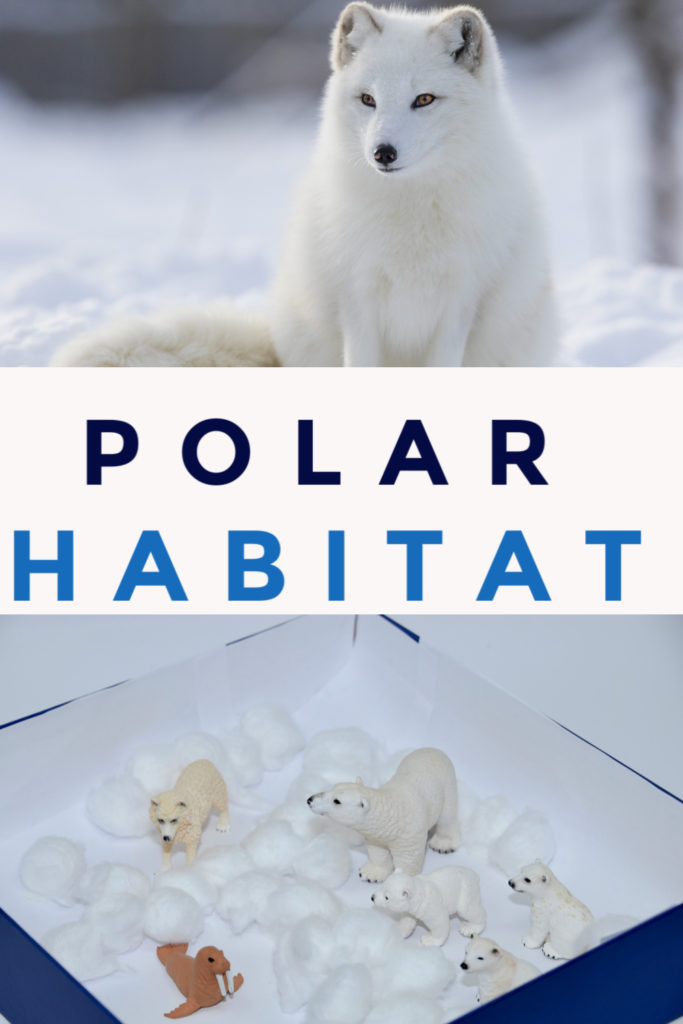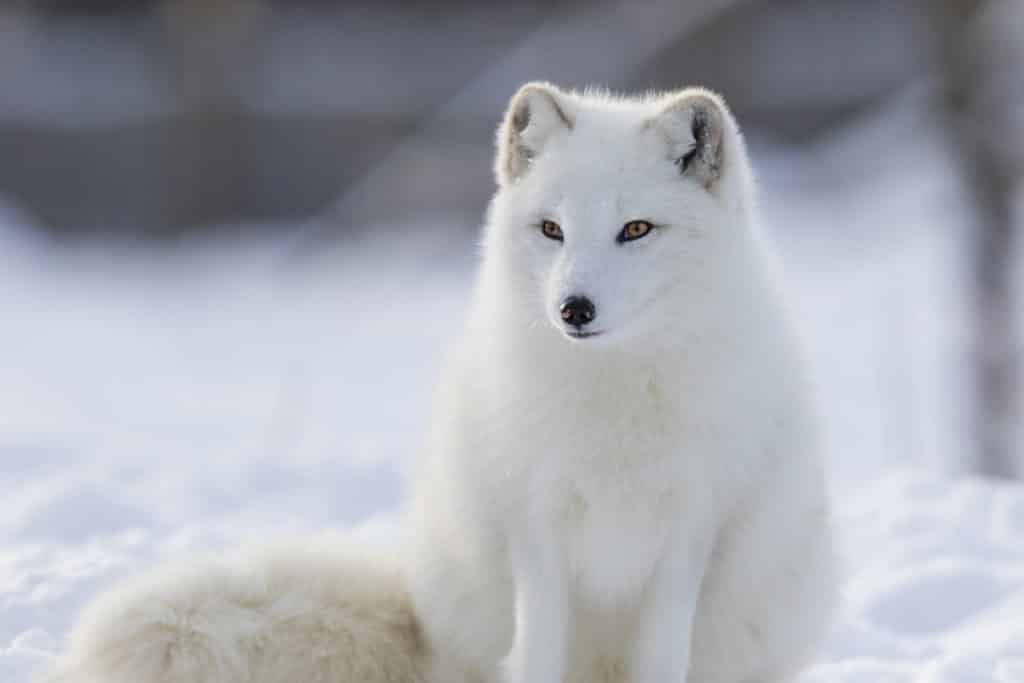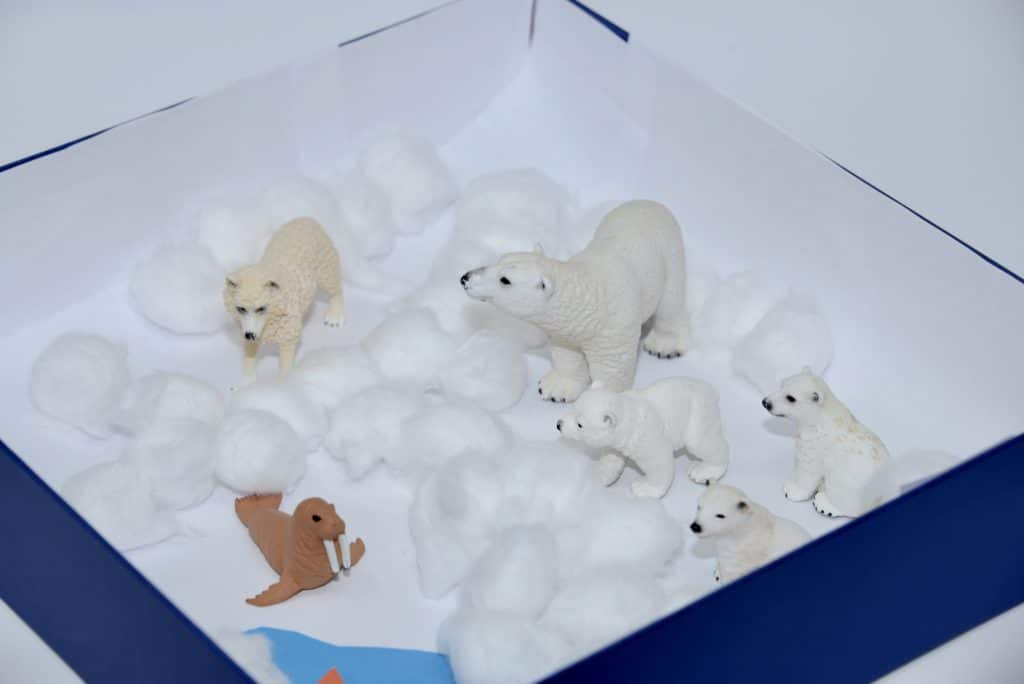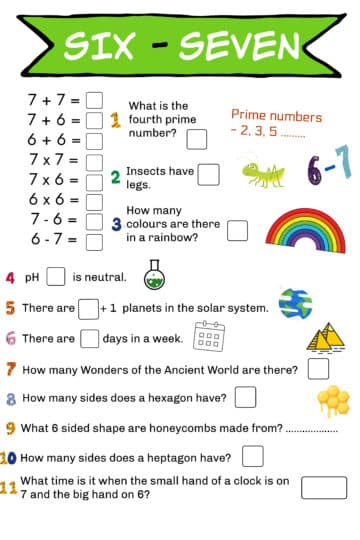What is a Habitat?
A habitat is an area with a specific climate and ecosystem where animals and plants have what they need to survive. Each habitat has unique features that support the wildlife that live there.
Creating a habitat inside a shoebox is a great way to illustrate the concept of a habitat to children.

Shoebox
Coloured card
Small toy animals
Cotton balls
scissors
Other decorations
First research the habitat that the shoebox will display. Try to include several different plants and animals for each type. Today we're going to make a Polar Habitat.
What is a Polar Habitat?
Polar habitats are found a the top and bottom of the Earth, they are cold, very windy and have a lot of snow and ice. It’s too cold for trees to grow, but there are some plants such as moss and lichen in tundra areas. Animals in polar regions have a thick layer of fat and lots of fur or feathers to help them stay warm in the cold temperatures. Most are carnivores due to the lack of plants and they tend to live in snow caves or holes for shelter.
What is Tundra?
Tundra is frozen ground. It thaws enough in the warmer months for moss and grasses to grow, but as roots cannot push through the frozen soil trees and larger plants are not found in these areas. The part of the soil that remains frozen are called permafrost.
Which Animals live in the Arctic?
The North Pole lies in the middle of the Arctic Ocean. The Arctic is much closer to land than Antarctica ( at the south pole ) and has a wider variety of animals as it's easier for them to reach.
Polar bear
Artic Hare
Sea Otter
Narwhal
Beluga Whale
Snowy owl
Walrus
Arctic hare
Artcic Tern
Bald Eagle
Moose

Which animals live in Antarctica
Animals in Antarctica are mostly warm blooded and quite large which helps them survive in the extreme cold.
Penguins
Leopard seal
Orcas
How to make a Polar Habitat
All you need to do to make a model of a polar habitat is decorate a small box with white paper or card and add the correct animals depending on whether you're modelling the Arctic or Antarctic.
Snow caves would be a great addition to our habitat.

Global Warming and Polar Habitats
Global warming has led to a change in the climate of polar habitats which is making it harder and harder for polar animals to survive. Rising temperatures have led to a huge loss of areas of ice. I've got a very simple activity to demonstrate the effect of melting ice on polar animals you can try too.
More Polar Animal Activities
Pocket of Preschool has some lovely polar animal activities for younger children.
Try one of our other easy science experiments for winter.
Make an Arctic habitat sensory bin like Fun Learning for Kids.
Discover just how amazing fat is for insulating from the cold with our activity using lard and icy water.
Last Updated on February 17, 2020 by Emma Vanstone




Leave a Reply